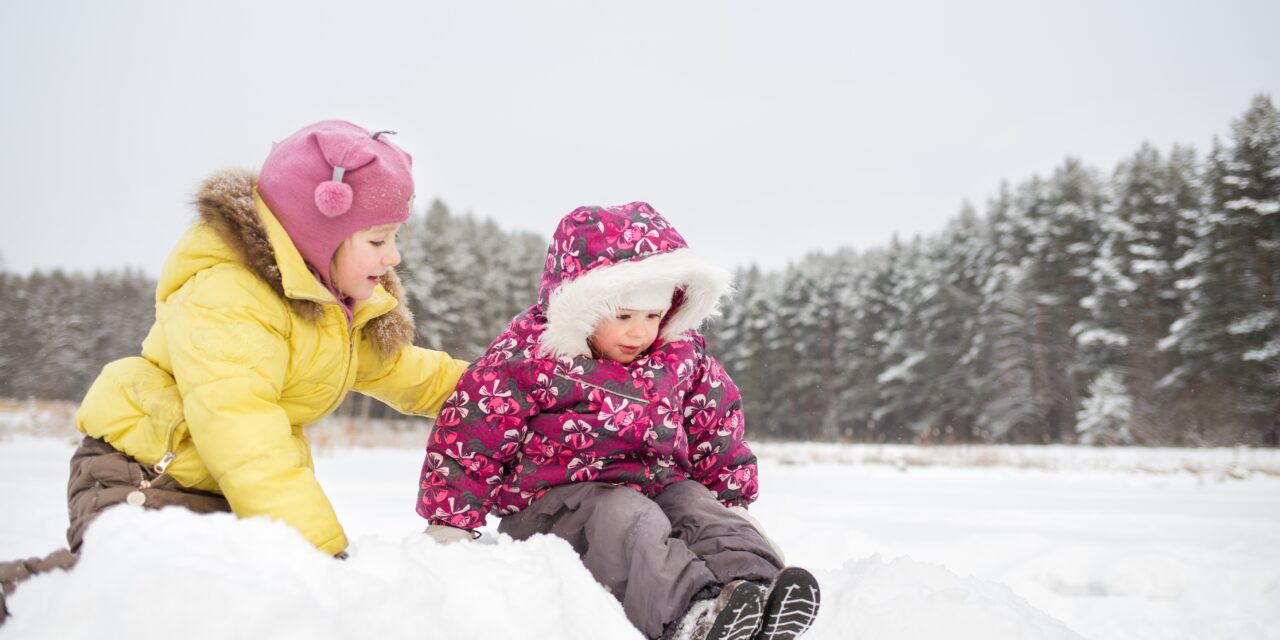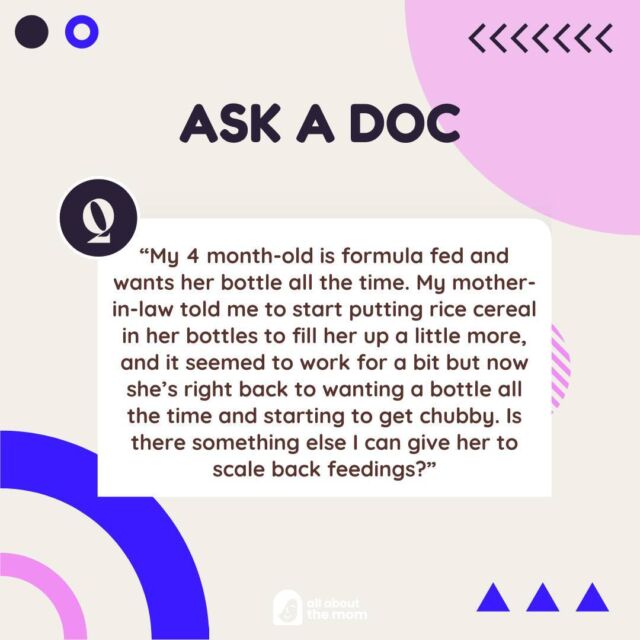“Put a jacket on, you’re gonna catch a cold!” Almost every millennial can remember their parents or grandparents cautioning them against the dangers of wintry weather.
Contrary to old-timey belief, taking a child out in the cold weather alone will not cause them to become ill. An inciting pathogen in the environment needs to be present in order for illness to develop. While the weather itself cannot cause a child to get sick, it is associated with ebbs and flows in infection rates for a variety of reasons. One is that close contact with others while congregating indoors raises our chances of getting ill. In the winter months, we are more likely to be inside, huddled together. Certain viruses and bacteria thrive in different climate settings, and the drier air may make certain pathogens more transmissible. For example, influenza tends to be less common in the summer months when the humidity and temperature are both higher.
The weather does impact what types of illnesses we are more likely to see in the community. Changes in the weather may also trigger asthma and seasonal allergies, leading to an increase in mucous build-up and airway reactivity. In this way, the weather can increase the susceptibility of contracting viral and bacterial infections.
Practicing excellent hand hygiene, staying home when sick, getting enough sleep, and consuming balanced nutrition are all ways we can better equip ourselves to stay healthy in the winter.

















